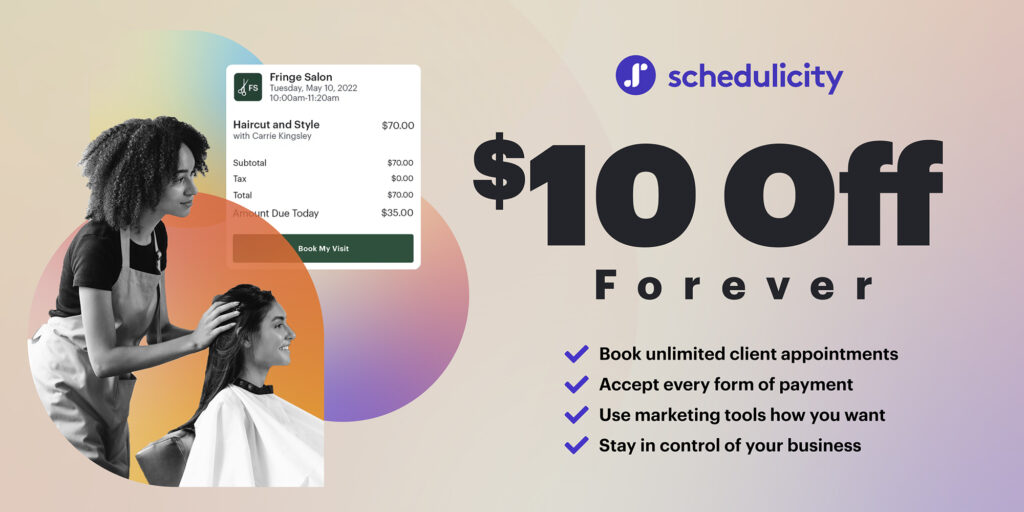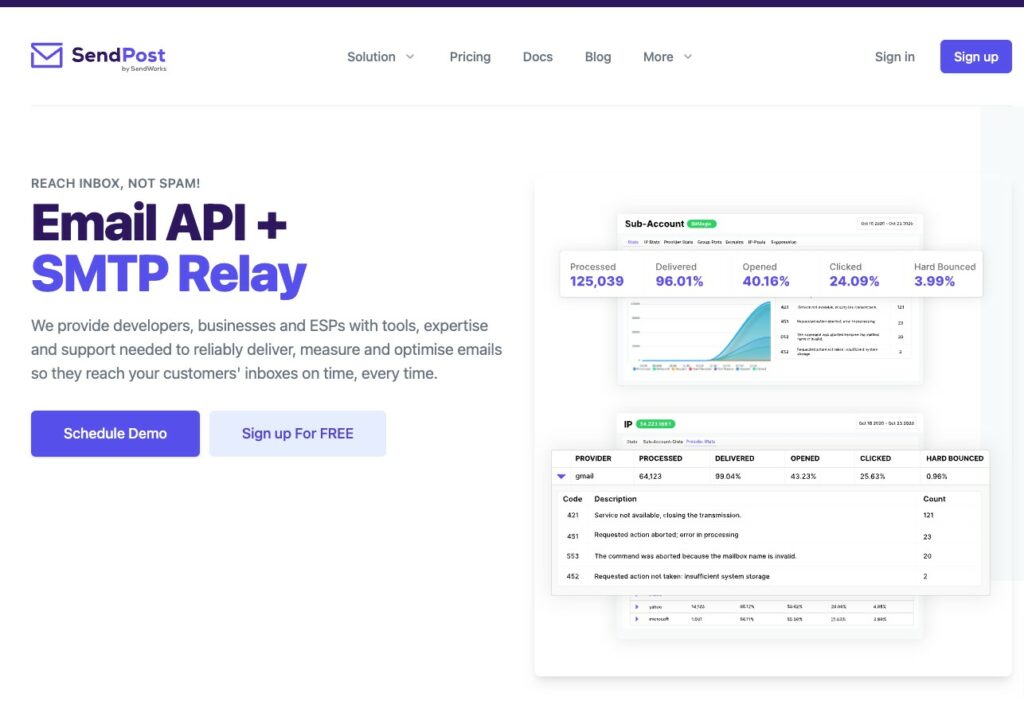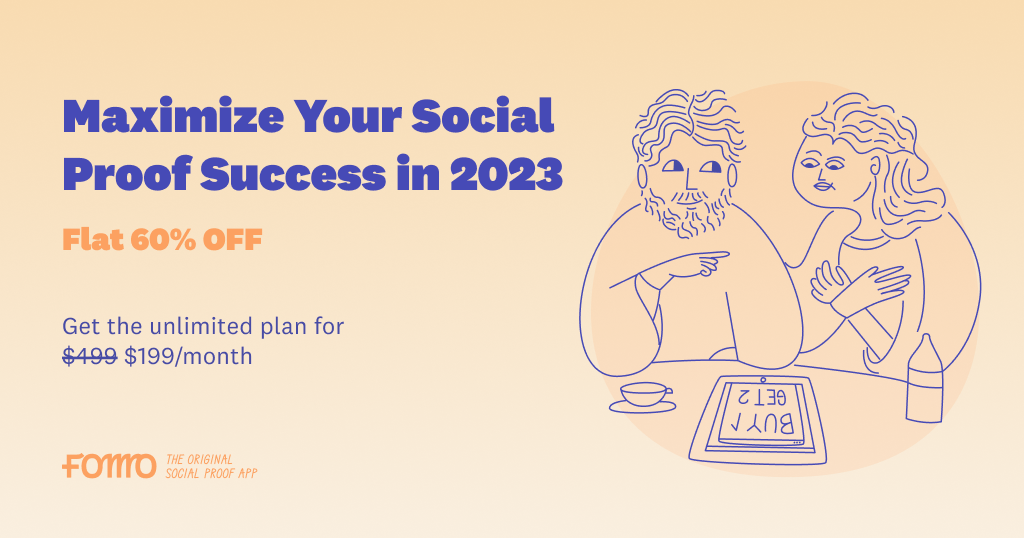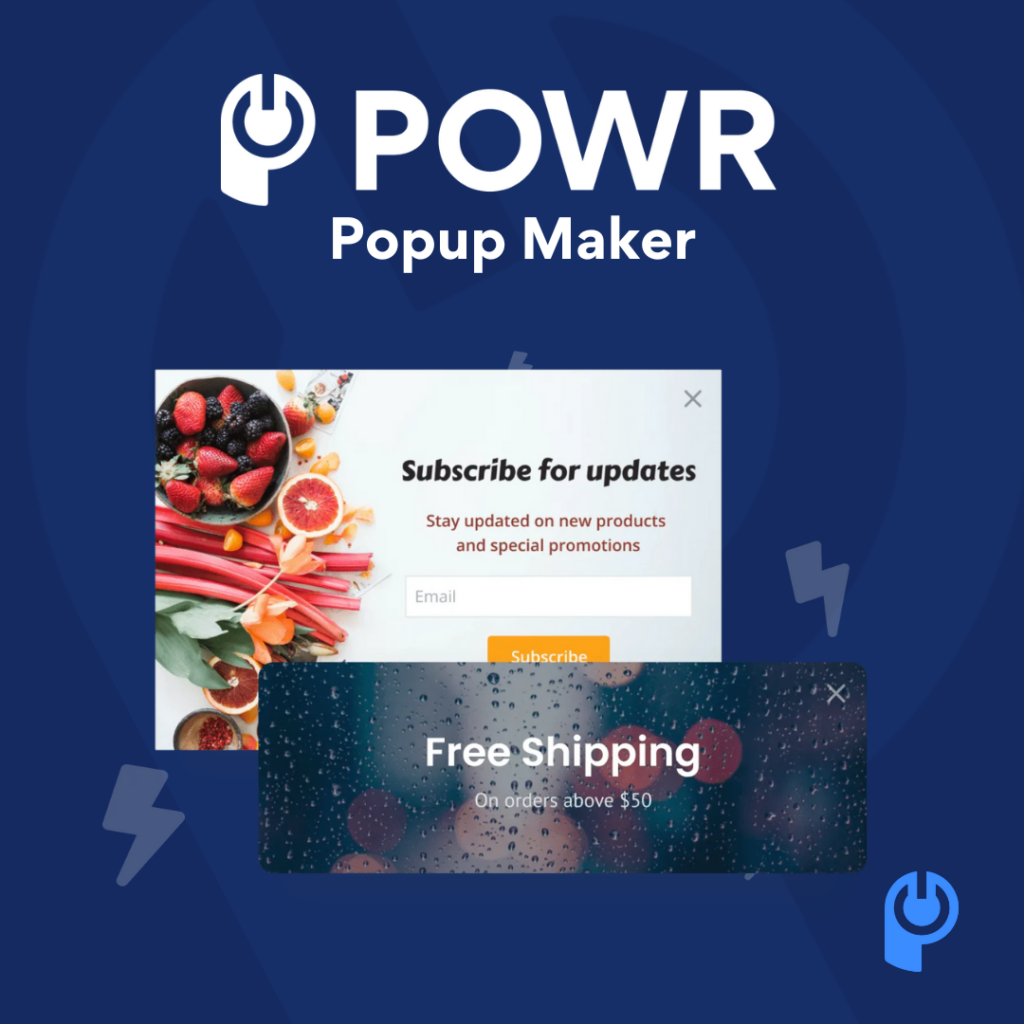
Introduction
The holiday season has begun! With that comes many treats and gifts for all! Our favorite SaaS companies have also chosen this time to give back to their users and offer numerous discounts on their products.
Celebrate this jolly season by taking advantage of these deals and get a head start on making 2024 your most productive year ever! Our list features many great products that will brighten up your WordPress site, increase your conversions with email marketing, and project management tools to help you stay efficient.
Jotform

Jotform is an online form builder that includes many sub-products and features that any team can hop on and use to improve their productivity. You can create custom forms without using any code, create a custom app for your business, and collect e-signatures for your secure legal documents.
Create an online store that matches your branding and sell products directly from your phone. Collect payments from any device and receive notifications whenever someone fills out your form.
Get a head start on your forms and documents with the help of their templates. Use widgets and app integrations to reduce time spent manually entering data.
Offer
- Jotform comes with a free starter plan that includes all features.
- The paid plans are %50 off until January 1st 2024.
PluginHive
Enjoy a fantastic 20% off on all PluginHive WooCommerce plugins. Elevate your WooCommerce shipping with top-rated plugins for UPS, FedEx, USPS, Canada Post, DHL, and Royal Mail. Boost sales with WooCommerce Bookings & Appointments, featuring essential add-ons like Recurring Bookings, Product Add-ons, WooCommerce Deposits, and more. Don’t miss out on these exclusive deals during the biggest shopping events of the year!
Offer
- Coupon Code: PH_MERRY_CHRISTMAS_NY_24
- Flat 20% off
- Valid from 17th Dec – 2nd Jan
- Eligible for all WooCommerce Shipping & Bookings plugins
Booster Theme

Booster Theme is the best premium theme for Shopify. We have collected in one theme the solution to all customer headaches: Fully mobile optimized, Mega menu, Recently Bought Notifications, Promotion timer, Add to Cart interactions, Optimized Product Filtering, HP Featured products, and much more, which will save you thousands of dollars and nerves!
Offer
- Try The most adaptable conversion-focused Shopify theme and save your money (over $281/mo) – BOOSTER THEME with a 20$ discount!
- Use coupon code: NOUPE.
- We integrated powerful Shopify apps into the Booster theme coding so you enjoy conversion boosting features, save on app fees ($281/mo), and increase the loading speed of stores.
Rextheme

Product Feed Manager for WooCommerce by RexTheme is a special plugin that allows you to create accurate product feeds for 170+ online marketplaces in just a few clicks.
Boost your sales significantly by promoting your WooCommerce products on popular marketplaces such as Google Shopping, Facebook, Bing, Instagram, Walmart, PriceGrabber, and more.
It’s the perfect opportunity to take your WooCommerce store to the next level and make the most of the holiday season.
Offer
- Get 25% with the coupon code gift25.
- This offer is valid through 21st December to 3rd January, 2024.
Schedulicity

Schedulicity is an online booking software for small businesses and solo entrepreneurs. Schedulicity works for appointment and class-based businesses in the hair, beauty, and wellness industries.
Our calendar management system handles:
- Appointment requests
- Customizable policies and waivers
- Email marketing templates and automation
- Text message reminders for appointments
- Integrations with social media platforms and your existing website
In addition to an app for scheduling, Schedulicity offers built-in payment processing at an industry-low rate (with contactless tipping!) and award-winning customer support.
Offer
- Schedulicity Free = $0/month
- Schedulicity Unlimited = $34.99/month
- New Year’s Offer = $10 off Schedulicity Unlimited forever using promo code NEWYEAR. Get Schedulicity Unlimited for $24.99.Offer valid from December 31, through January 3.
SendPost

SendPost is an email delivery service. It provides developers, businesses, and ESPs with a solution to reliably deliver, measure, and optimize emails. They have API SDKs in 14+ programming languages. You can use their API to send and validate emails, measure stats and manage domains/IPs. You can get detailed deliverability stats to keep an eye on your deliverability and fix it before it dips down.
Offer
- Biggest email offer ever launched. Over 413+ million emails are sent via SendPost per month, and their average deliverability is 99.23%
- Get credits to send a million emails for free. Signup to send 1 million emails (free!).
- Deal Validity: 25 Dec – 3rd Jan
Fomo

Boost your business’s credibility with Fomo, the original social proof app. Show off customer interactions like purchases, opt-ins, and pageviews to increase conversions and sales. With Fomo, you can showcase customer reviews from top platforms like Google Reviews, review.io, and Trustpilot. With multilanguage support and geolocation capabilities, you can reach customers in their preferred language and location. Soon, you’ll even be able to capture potential customers with push notifications, all without requiring personal details.
Offer
- For a limited time, get all the features you need for just $199/month (originally $499/month).
- Unlimited notifications, 1:1 account setup, and priority support – it’s all included. Don’t miss out on this amazing deal.
- Try it risk-free with our 14-day free trial. Upgrade your business with Fomo now!
POWR Popup Maker

Grab your site visitor’s attention and promote upcoming sales, new discounts, newsletter signups, and much more with POWR Popup Maker. Collect valuable emails, reduce cart abandonment rates, and close more sales with dynamic popups. Popups can be a game changer, especially if you have a good imagination & a proper strategy. Use pre-built templates, or begin from scratch. And all with no coding and no credit card required!
Offer
- Create your account, popup template, and Publish live to your site for FREE
- Unlock advanced features and remove limitations with an upgraded subscription for as little as $5/month
- Receive 30% off a yearly subscription through Dec 31, 2022
Planly

Planly is the go-to post-scheduling tool for content creators, social media influencers, entrepreneurs, and teams. With Planly, you can schedule posts on every central platform, like Instagram, Twitter, TikTok, Facebook, and LinkedIn. Planly allows you to schedule all kinds of posts, but Instagram carousels, reels, and TikTok videos will even auto-publish without a push notification.
Offer
- 30% OFF for the first month, 20% for the other months of the year.
- Offer valid from 19 December 2022 to 8 January
ThemeHunk
Shop Mania by ThemeHunk stands out as the ultimate WooCommerce theme renowned for its exceptional speed and integrated SEO functionalities, guaranteeing amplified sales for your online store. Not only does it ensure lightning-fast performance, but it also empowers you to effortlessly modify your store’s colours, layouts, and fonts to suit your preferences. Moreover, this theme provides a rich assortment of pre-designed website templates, ready for seamless importation.
Offer
- Get 30% off with the coupon code NEWYEAR24.
- This offer is valid through December 24th to January 5th.
DJ-Extensions

DJ-Extensions is an experienced company, providing Joomla Templates & Extensions, WordPress themes and plugins and various web development services.
Offer
- Save 60% on any Joomla or WordPress product purchase with the coupon code XMAS23 at checkout. Our Christmas/New Year offer is valid until 6th January 2024.
- This offer is valid until January 6th, 2024.
Cheqmark

Cheqmark is the ultimate free checklist maker tool, designed to streamline your daily routines and improve your approach to productivity. With its intuitive interface and powerful features, Cheqmark empowers users to organize tasks, set priorities, and accomplish goals with lots of templates such as to-do lists, goal trackers, checklists, habit trackers, daily planners, and much more.
Offer
- Get 25% off your first year on Cheqmark with the promo code XMAS23CQM.
- This offer is valid through December 15th – December 31st.
GetGenie AI

GetGenie AI — the most advanced WordPress AI tool for SEO-optimised content & copywriting. It has 30+ ready-made templates and amazing use cases like SEO Keyword Analysis, SERP Competitor Analysis, On Page Optimization, Meta Description, Content Scoring, Blog Outline Creator, Blog Title Writer, Blog Article Assistant, Product Descriptions, Sales Copywriter, and many more.
Offer
- Get up to a 50% discount on GetGenie AI this holiday season and increase your efficiency in writing SEO-optimized content on your WordPress website.
ThemeDev

ThemeDev is a top WordPress plugin development company that excels in high-quality and innovative solutions for WordPress customization. With a skilled team and extensive experience, ThemeDev creates customizable plugins that enhance website functionality and user experience. These seamlessly integrate with various WordPress themes, ensuring compatibility and ease of use. ThemeDev stands out as a leading player, catering to the diverse needs of WordPress users.
Offer
- Get up to 50% off on plugins – Next3 Offload, Cleanly, Washer, and Salonly.
- This offer is valid until December 30th.
CodedThemes

With CodedThemes, you can develop free and premium admin templates in Bootstrap, Angular, React, Vue, Laravel, CodeIgniter, etc. We provide the best and a vast variety of options in every admin template, in comparison to other admin template providers in the market. You can create any web app like CRM Apps, ERP Apps, Banking Apps, Fitness Apps, SaaS Apps, etc.
Offer
- Save 50% on the purchase of any premium admin template.
- Use Promo code CNY50 during checkout
Conclusion
These tools are a surefire way to boost your productivity. We hope you can take advantage of their offers this holiday season and use them to their fullest! From all of us here at Noupe, we wish you a very merry Christmas and a happy new year. See you in 2024!
The post Best Holiday Season SaaS Deals appeared first on noupe.


